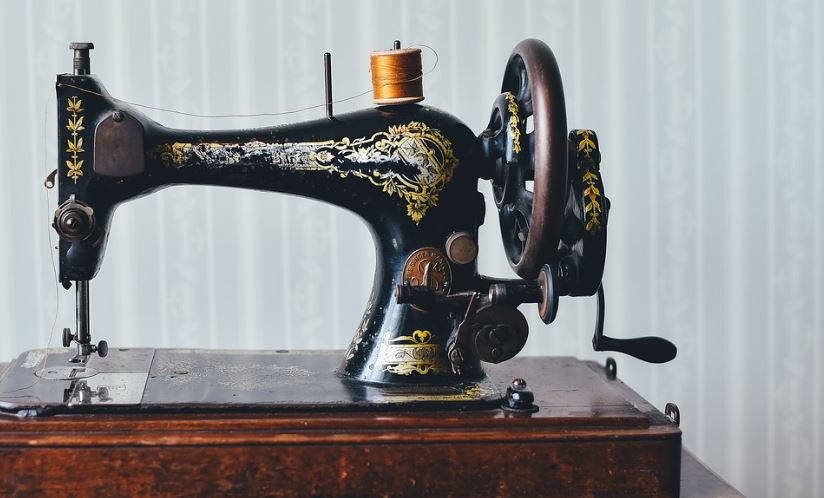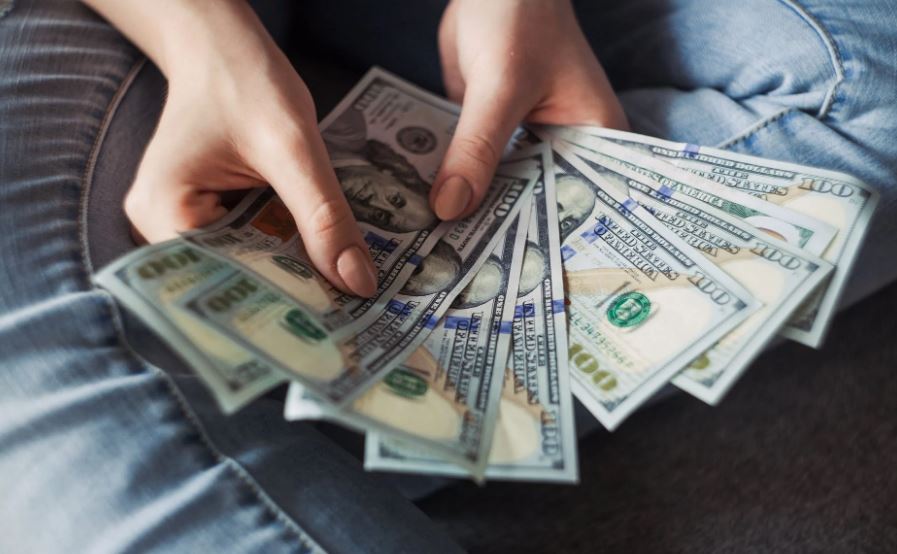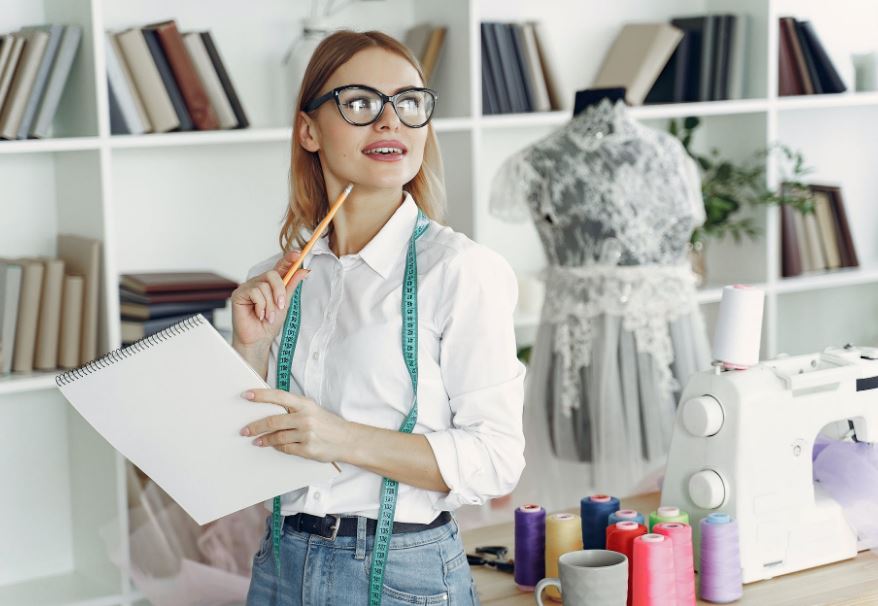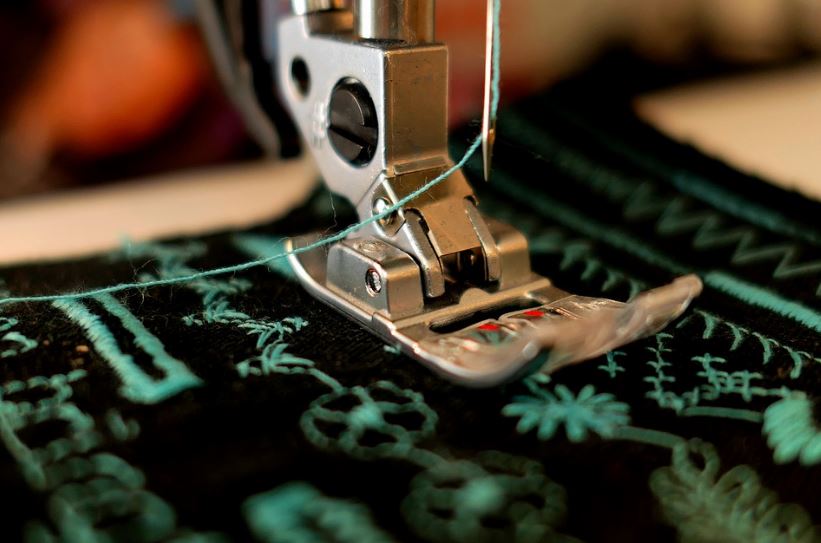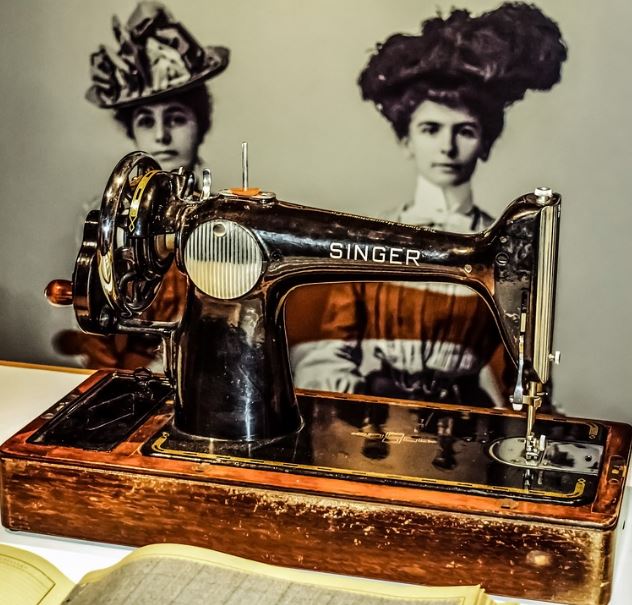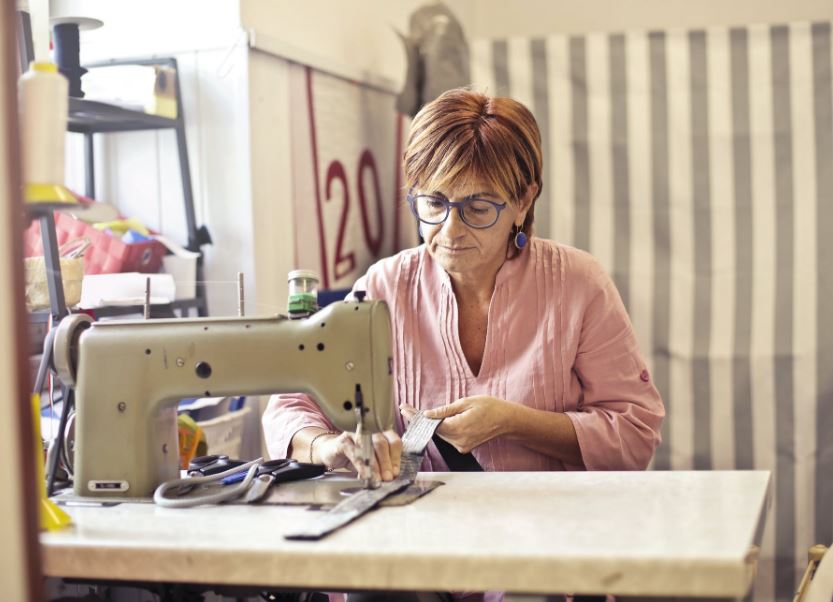Exciting yet intimidating – these are the two words that may best describe your feeling when thinking about getting your own sewing machine for the first time. It seems simple at first, but it isn’t easy to get started when there are so many different brands, models, features, and price ranges out there to choose from. Besides, you should also consider what you may not need right now and what you may want in the future as your sewing skills improve.
Choosing the right beginner sewing machine will save you a great deal of time and frustration. You’ll have more fun and have an easier time learning to sew if you have a good machine. Meanwhile, you won’t be able to progress as quickly if you use a poorly designed one. Many beginners have given up on learning to sew because of a beginner sewing machine that was either too complicated or inferior which is quite unfortunate.
Not to worry, though, before you make that trip to your local sewing machine dealer, here are some tips and guides that can help you make the best decision possible in your journey toward a fun, rewarding, and non-stressful sewing experience.
1. What Can You Afford?
People always think about how much money they have to spend before making a purchase. The first step in finding the machine that’s right for you is to determine whether or not you can afford the machine you want. It makes no sense to look at high-end machines if your budget is limited. That’s a recipe for catastrophe.
Make your budget and stick to it, knowing that there is always a machine that offers so much more if you spend a little more. Because it’s an investment for most, make sure the one you choose is a good fit for your requirements and budget.
If money’s a little tight, look for a quality used machine at a bargain price. To find a quality second-hand machine, check out a retailer or an auction site that sells quality second-hand machines (but make sure any second-hand machine you buy has a warranty). Spending a few dollars on a cute sewing machine with a cartoon character in it, no matter how adorable it may be, is probably not the best option. Sewing on a cheap plastic machine won’t last long and will likely discourage you from doing so in the future. If you can, invest in the best you can. You can always choose quality over quantity.
Conversely, there’s also no need for a top-of-the-line machine if you’re only doing basic sewing.
Selecting a sewing machine that’s best suited to your specific needs will save you money in the long run. Don’t feel compelled to purchase the latest and greatest in the market if you’re only going to be doing simple repairs or alterations! If you don’t have particular sewing needs, there’s no need to spend more than $200 on a sewing machine.
2. Is It Suitable For Your Needs?
It’s only after you’ve established your budget that you can begin deciding on the features you want on your machine. The first thing you’ll want to know is how many stitches a particular machine has.
What you need and what appears exciting are two different things. Rather than getting drawn in by the sheer number of stitch options available, shop for a machine with only the ones you’ll actually use. If you’re only going to use the machine for fun, you might want to opt for one with fewer fancy stitches. You’ll need a machine with a few stretch stitches if you’re sewing knits.
Straight and zigzag stitches are all you really need to be able to sew well. Knowing how to use these two stitches will allow you to do just about anything with a sewing machine.
3. What Attachments Come With the Machine?
The feet and attachments you use will depend on the type of fabric you intend to sew. Knowing which presser feet come standard and, if need be, which feet can be purchased separately can mean a lot and make a huge difference in the quality of your sewing.
Quilters will need a Walking Foot, a spring action foot, and a 1/4-inch foot. A zipper foot, an overcast stitching foot, a buttonhole foot, and a button attaching foot are standard attachments and valuable tools for those who want to make garments.
For basic sewing, when using a zigzag stitch or changing between seam allowance widths, having a variety of width feet available can be extremely helpful.
4. Is It Still Serviceable?
Check to see if you can get future accessories or parts for an older machine before buying it. Some sewing machines are only available for a short period before they are phased out, and their replacement parts are no longer produced. Don’t hesitate to ask questions.
5. How’s the Warranty and Maintenance?
Your sewing machine’s warranty and maintenance aren’t likely to be an issue for a low-cost machine. If you’re spending your big bucks on a sewing machine, however, you’ll want to think about the warranty and service that comes along with it.
For this reason, many people advise you to buy your sewing machine from a well-known local store or sewing machine dealer instead. In order to find the best sewing machine for your needs, you should work with a knowledgeable and trustworthy dealer. They also provide excellent service to ensure that your machine is always running at its peak performance. To help you get started, many sewing classes are offered at no cost or low cost, which will help you learn how to sew.
6. Does Brand Matter?
The name brand makes all the difference when it comes to sewing machines. All machines aren’t created equal, and they don’t all contain the same components. Singer used to make fantastic machines that lasted forever, but these days, their machines are mostly made of plastic and have smaller motors that are simply not built to last.
However, you should not solely rely on brand recognition when making your purchase. You should also consider the country it was shipped from. Brands like Singer, Brother, and Janome are well-known brands. Still, the machines they produce are more likely to be lightweight hobby machines (Janome is an exception to this rule, as they have succeeded in producing hobby machines at low prices and high-end professional models).
In contrast, if you go to a specialty retailer, you’re more likely to find names like Husqvarna, Pfaff, Bernina, and Juki. High-end sewing machines can be pricey, but they are designed for those who sew frequently and want to maximize their sewing time. Professionals are more likely to recommend these machines. They’re also hard to come by in the big box stores.
The low end of a good brand is always preferable to the high end of an average hobby brand. Moreover, a cartoon character is a sure sign that the device you’re considering isn’t the best one for your needs.
7. How Often Will You Use It?
Everyone who sews wishes they had more time. Most people can only sew after work or on weekends. So it’s not a matter of how often you’d LIKE TO use it, but how often you WLL.
A high-end, all-capable machine may not be the best investment if you will only use it every few months to hem clothes or make new cushions. But a good electronic sewing machine can improve your sewing experience and encourage you to sew more.
If you’ve got the sewing bug and the only thing stopping you from sewing every day is a lack of a good machine, buying the best you can afford gives you plenty of room to grow. A great sewing machine won’t make you a great stitcher, but it can make sewing more enjoyable. It means a machine you can use once a day, once a month, or once a year without feeling overwhelmed or frustrated.
Finding the best sewing machine for your first time does not have to be an intimidating feat as long as you do your research, never hesitate to ask questions, and get the help you need.

